SGGP
The European Union (EU) has just held a meeting with all interested member states to discuss ways to resolve difficulties in importing food from Ukraine.
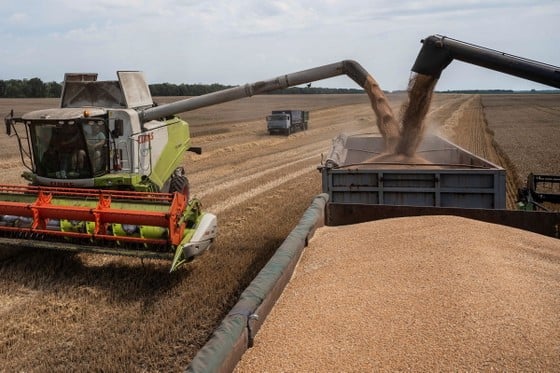 |
| A combine harvester loads wheat onto a truck near the village of Tomylivka, Kiev region, Ukraine August 1, 2022. Photo: REUTERS |
The issue is considered sensitive in Poland, which holds elections in October and where farmers are a key constituency. The European Commission (EC) has called on Poland, Hungary and Slovakia to act constructively after the three countries unilaterally announced they would continue to ban grain imports from Ukraine, despite the EC's decision to end the ban.
Ukraine was one of the world’s top grain exporters before Russia’s military campaign in 2022 reduced Kiev’s ability to ship agricultural products to global markets through its Black Sea ports. Since the conflict began, Ukrainian farmers have relied on neighboring countries to export grain. However, a flood of grain and oilseeds into neighboring countries has hurt farmers’ incomes, leading to governments banning agricultural imports from Ukraine.
In May, the EU stepped in to prevent individual countries from acting unilaterally and imposed a ban on Ukrainian grain imports to its neighbors. Under the EU’s decision, Ukraine was allowed to export through those countries, provided the product was sold elsewhere. The EU allowed the ban to expire on September 15, after Ukraine pledged to take steps to tighten controls on exports to its neighbors.
Not only Poland, Hungary and Slovakia, Romanian farmers on September 16 asked the government to unilaterally ban imports of grain and other agricultural products from Ukraine after the EC decided to lift the restrictions. Romania is one of five eastern EU countries that saw an increase in grain imports from Ukraine after the conflict broke out.
Brussels' current focus is on implementing and operating the newly announced new system, according to an EC spokesperson, stressing that “it is now important that all countries act in a spirit of compromise and constructive engagement”.
Source


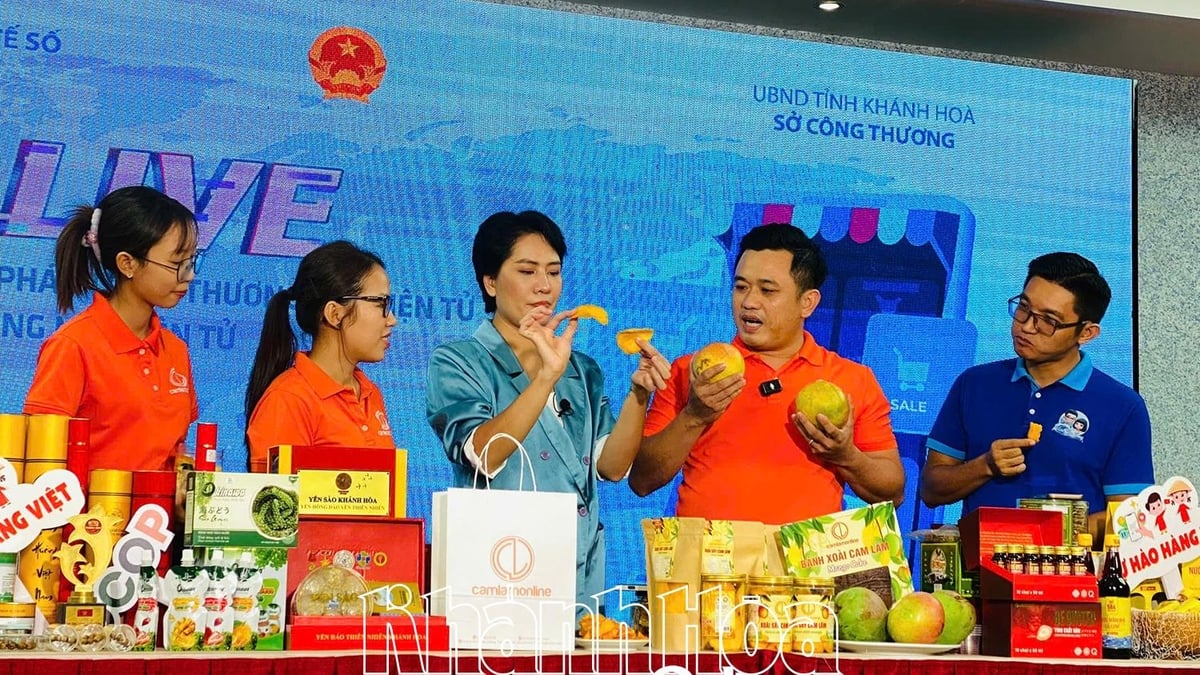


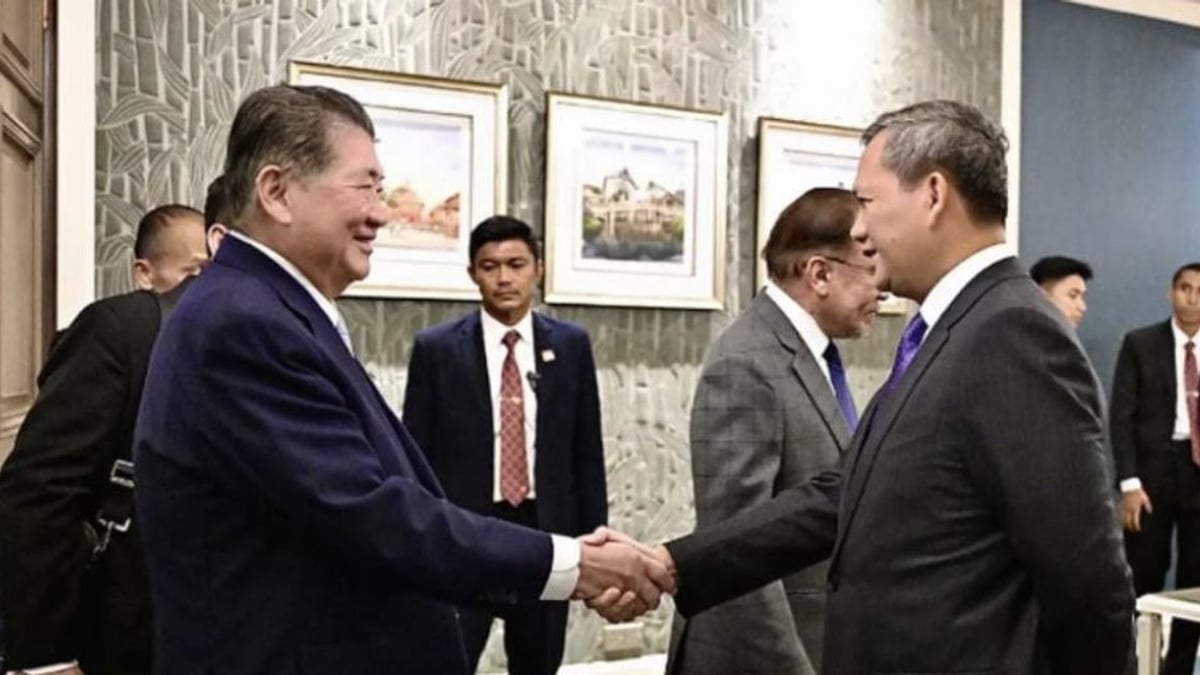
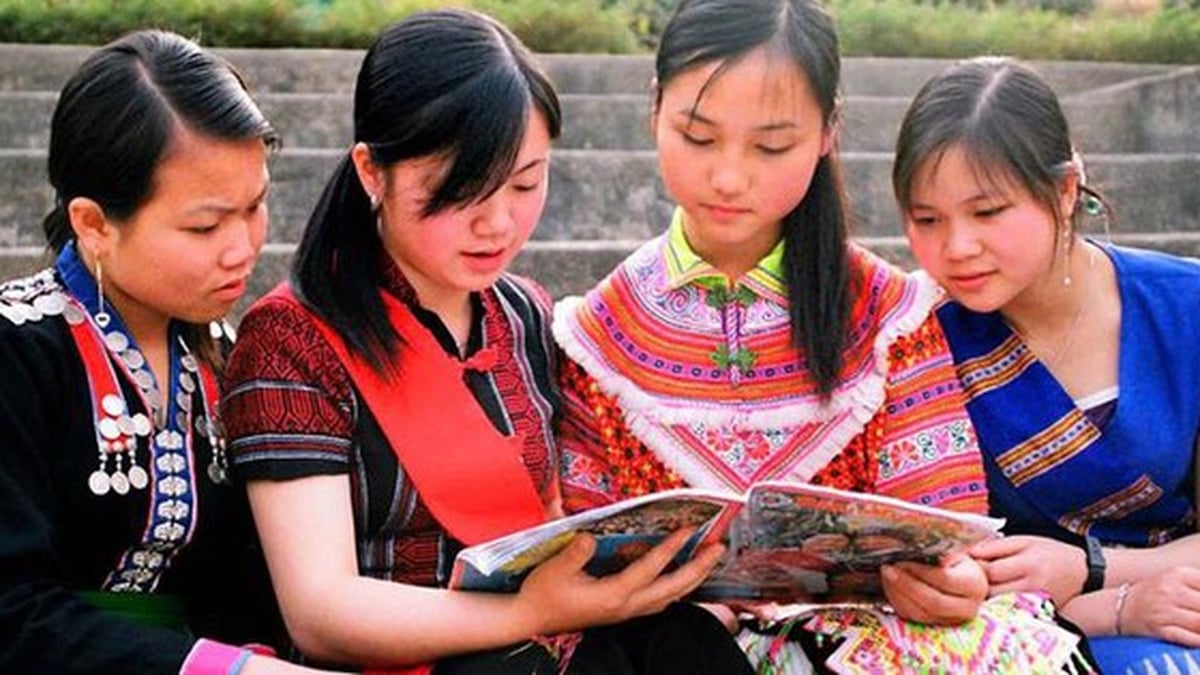

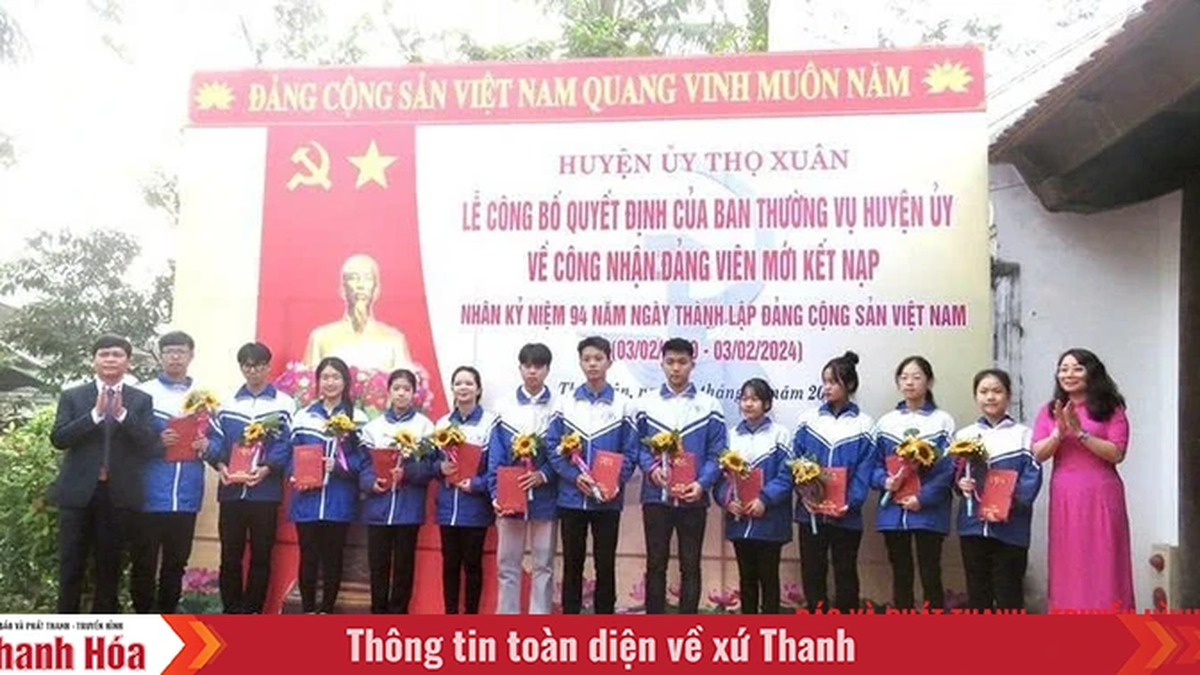

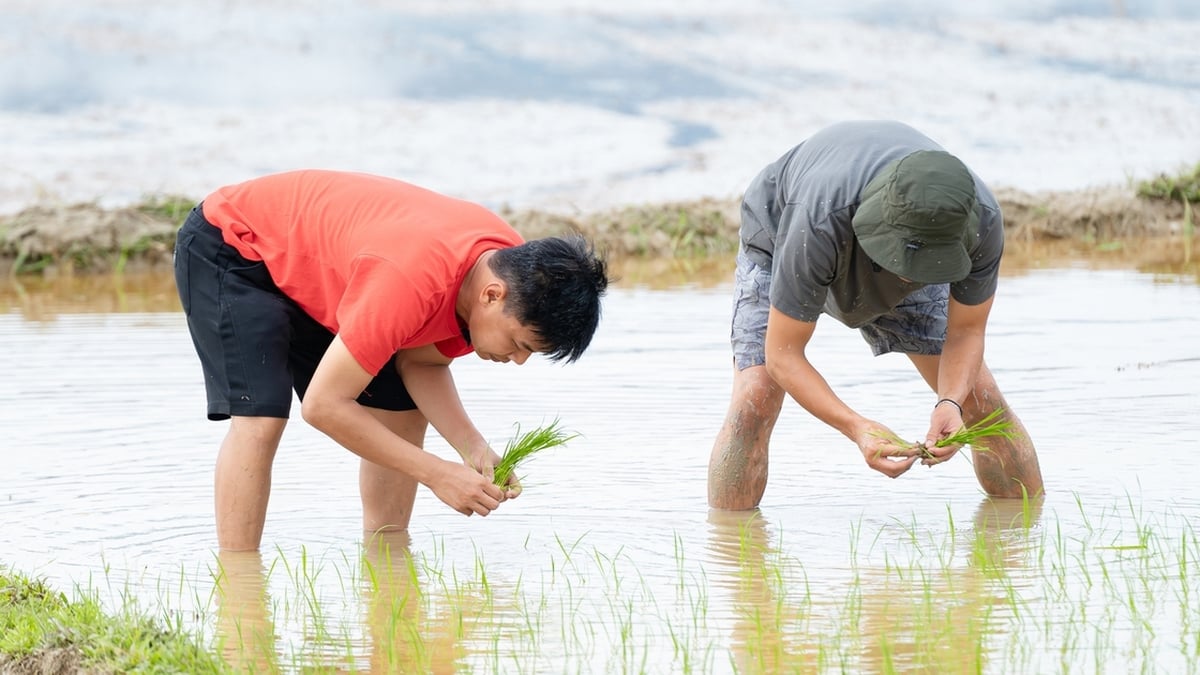
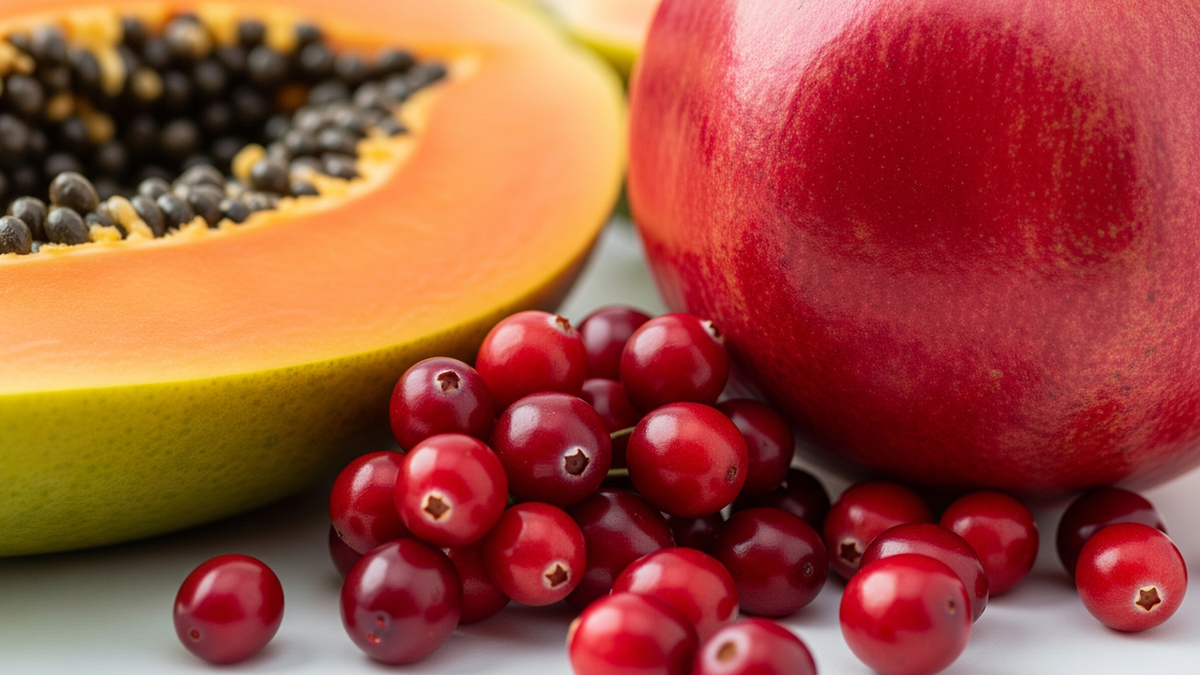


















![[Photo] National Assembly Chairman attends the seminar "Building and operating an international financial center and recommendations for Vietnam"](https://vphoto.vietnam.vn/thumb/1200x675/vietnam/resource/IMAGE/2025/7/28/76393436936e457db31ec84433289f72)












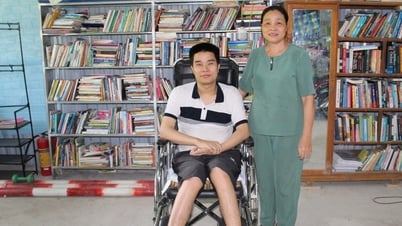

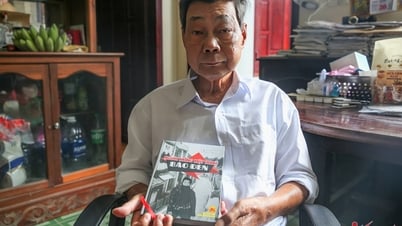



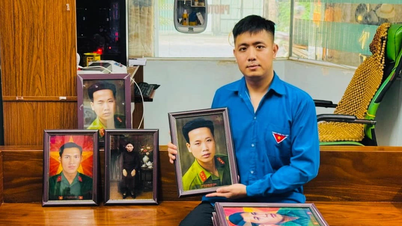


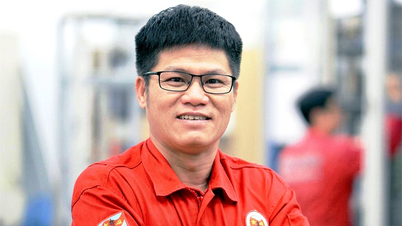



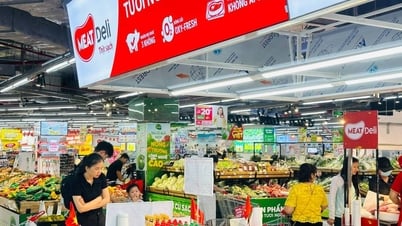



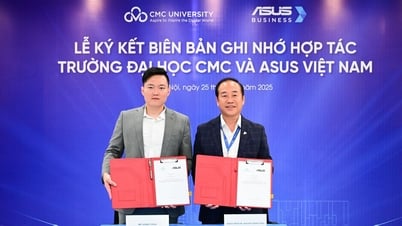



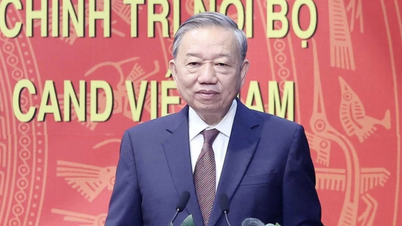
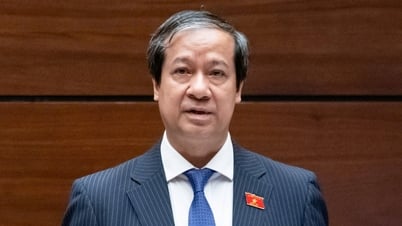
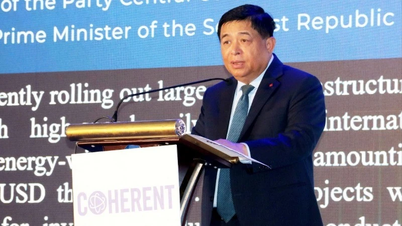


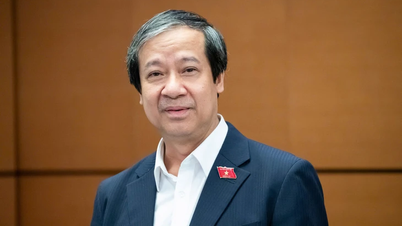
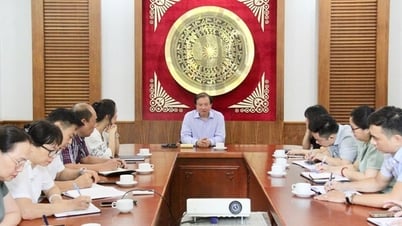

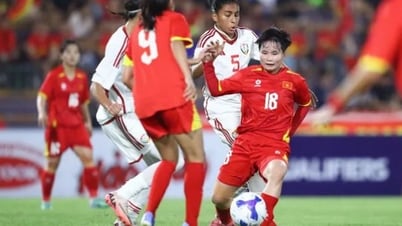

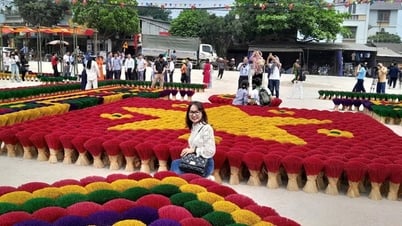

























Comment (0)